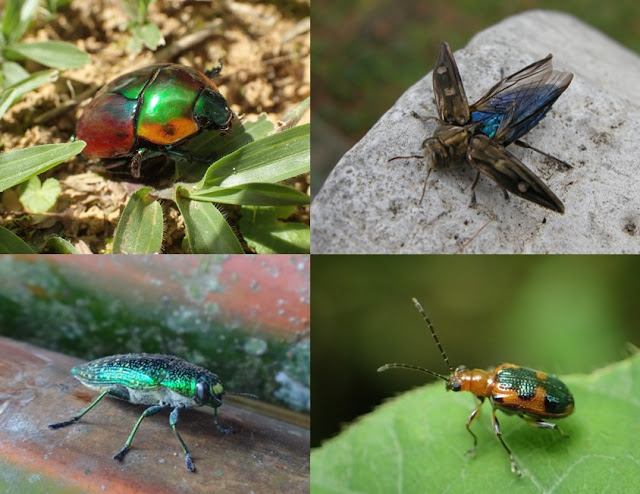The Beetles of the Main Ridge Reserve

This week, Dr Amy Deacon, Lecturer in the Department of Life Sciences at The University of the West Indies, St Augustine and Secretary of the Trinidad and Tobago Field Naturalists’ Club continues her series on the biodiversity of the Main Ridge Reserve (MRR). Today, she teams up with UWI Entomologist Raj Mahabir to introduce us to the beetles of the MRR. When you think about the biodiversity of the main Ridge Forest Reserve, which creature springs to mind? The sabrewing hummingbird? The blue-backed manakin? The agouti? It is probably safe to bet that you are not imagining a dung beetle. Today, we are here to convince you that these smaller inhabitants of the MRR are just as important and interesting as the more familiar animals associated with Tobago’s forests. Almost a third of all insects are beetles – more than 300,000 species worldwide. They are distinguished by their hard outer wings, which protect the delicate flight wings underneath. At least 700 species are found in Tob



